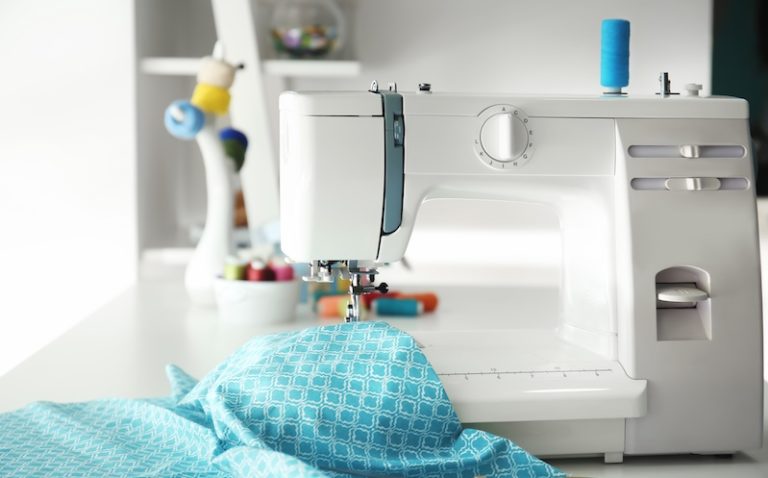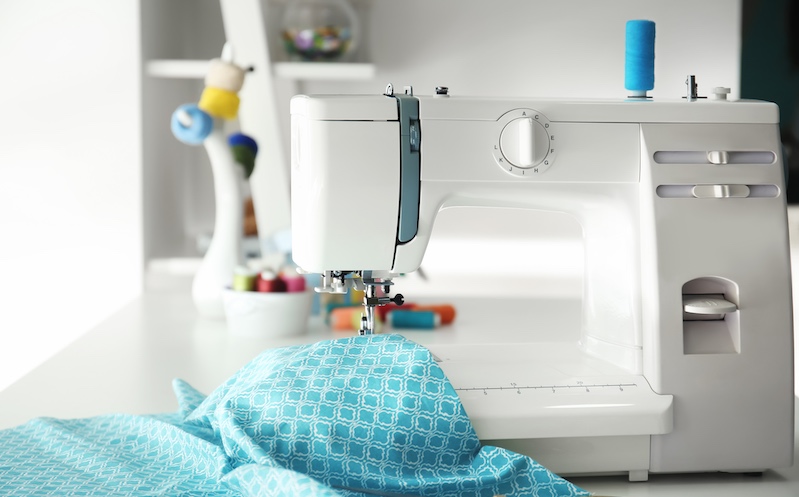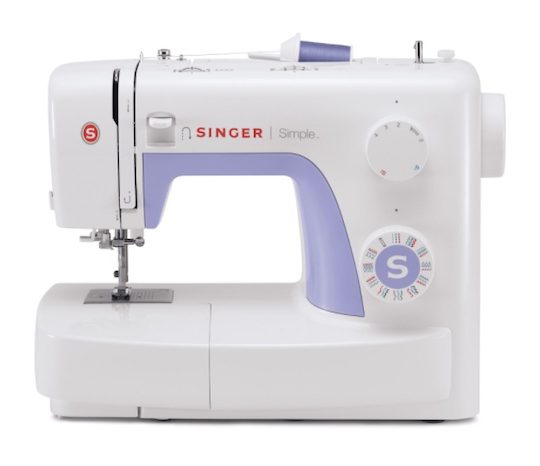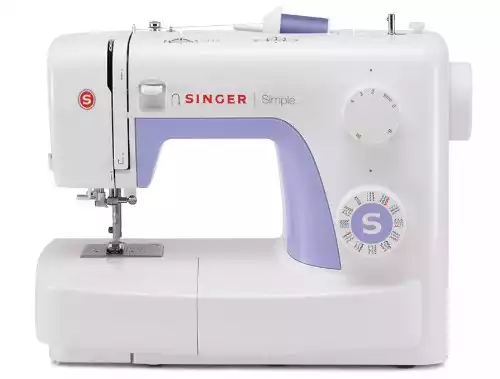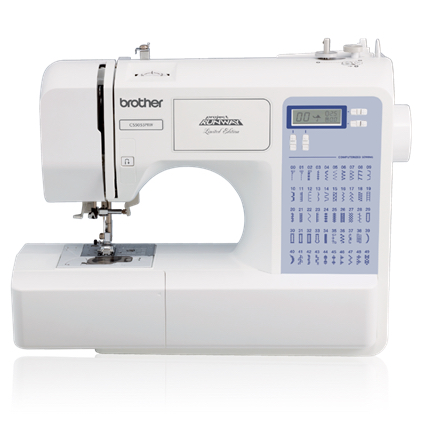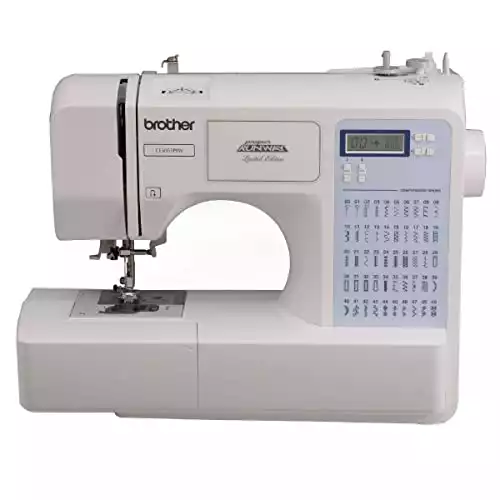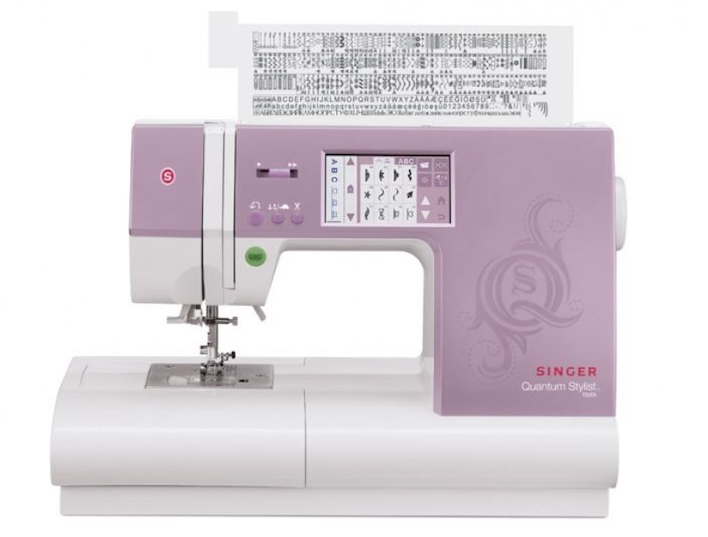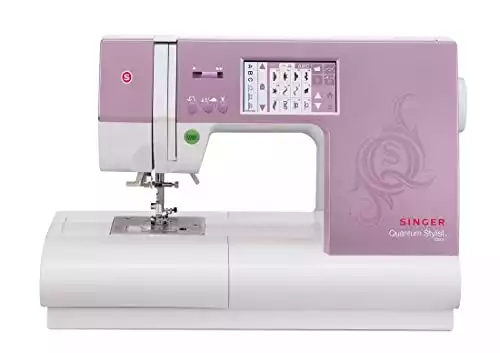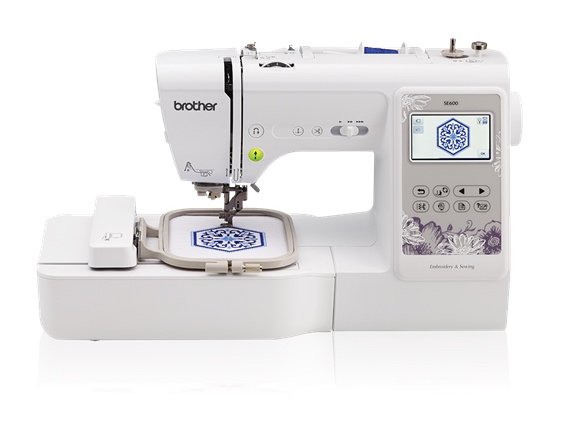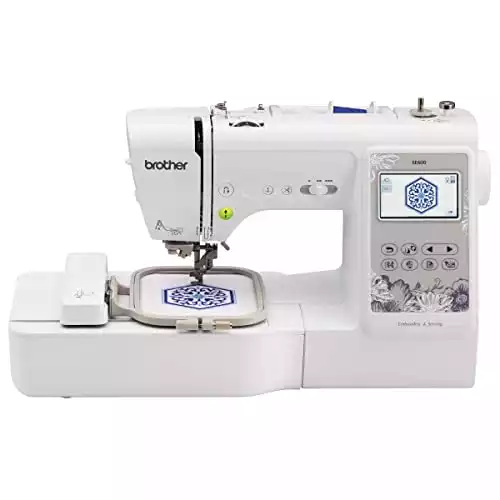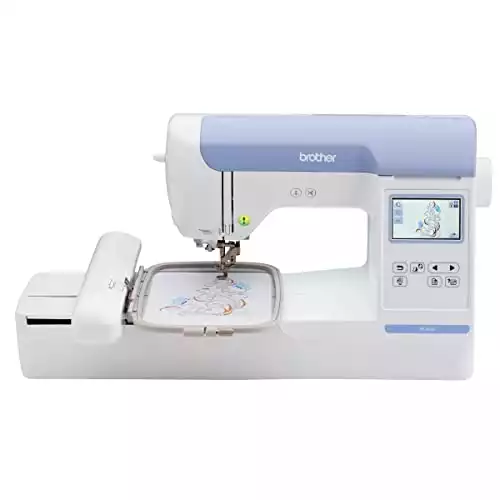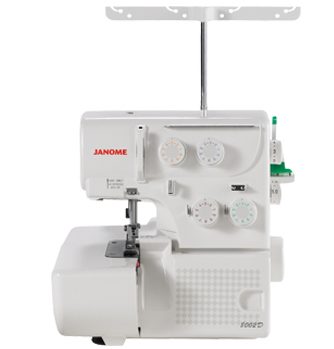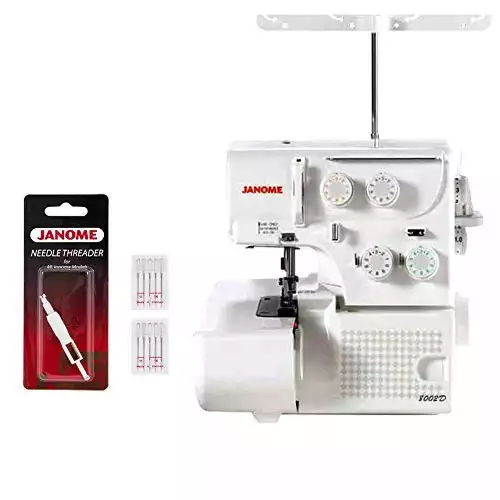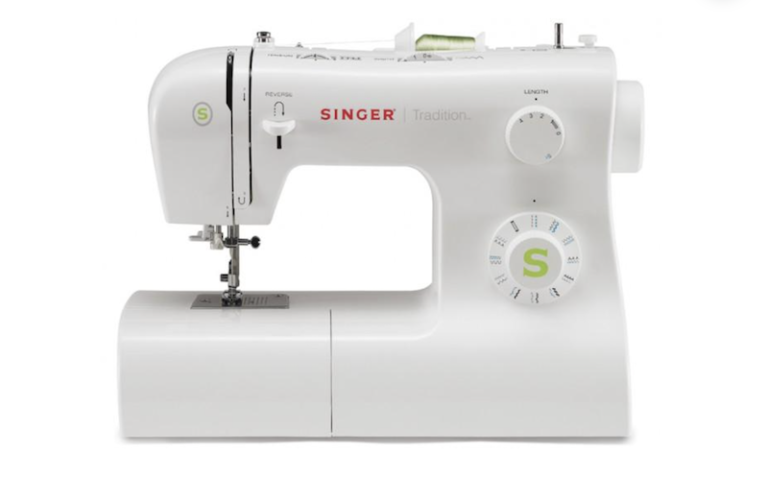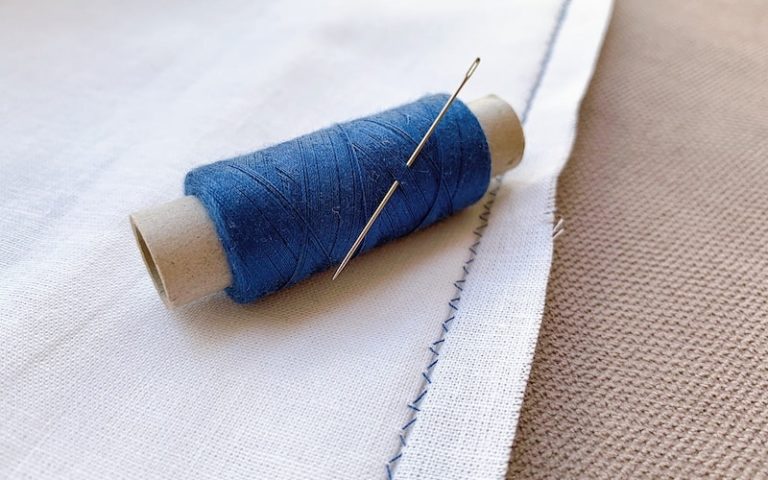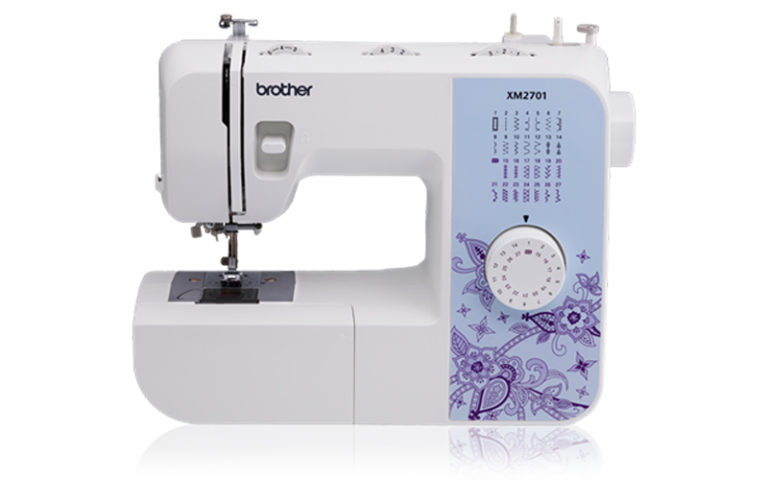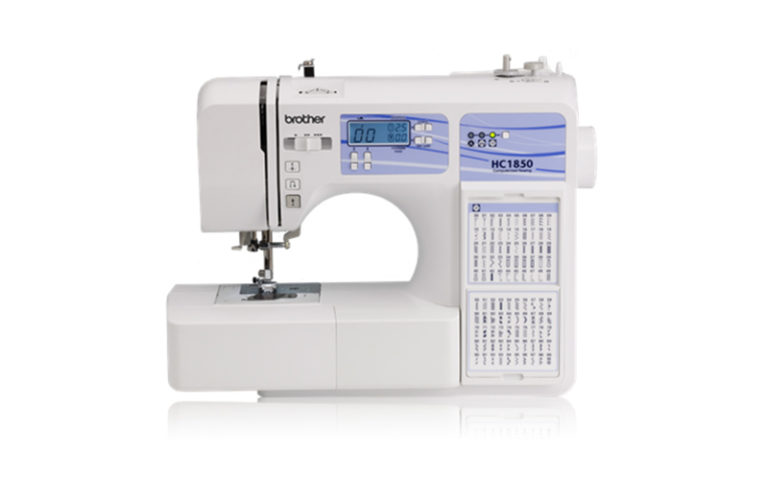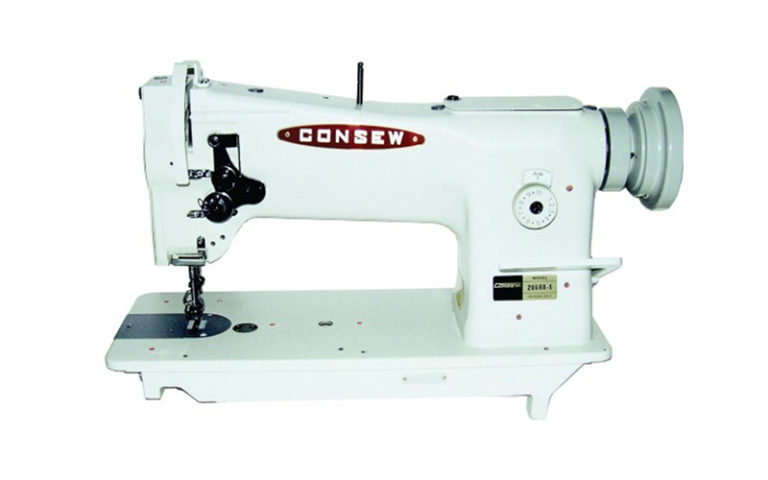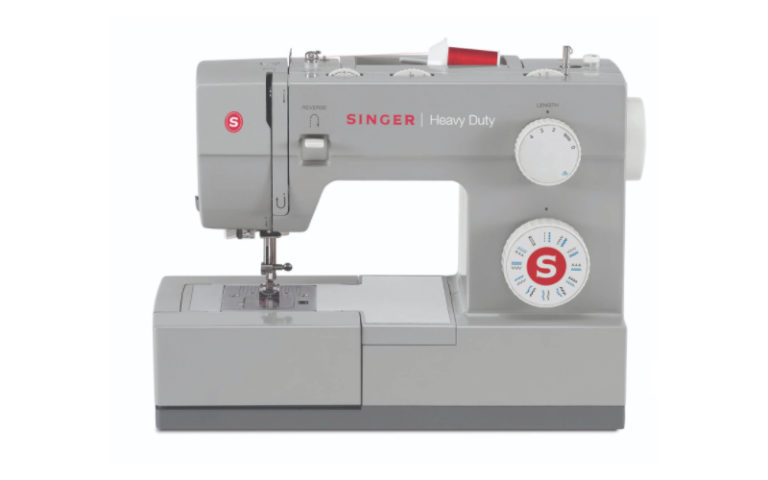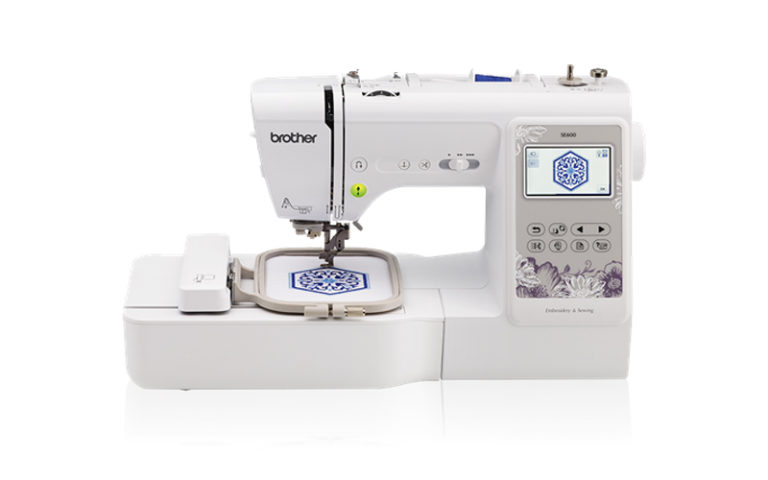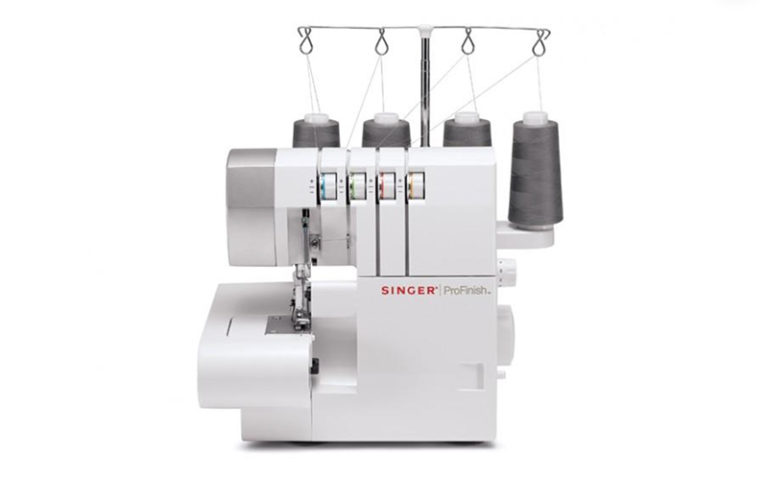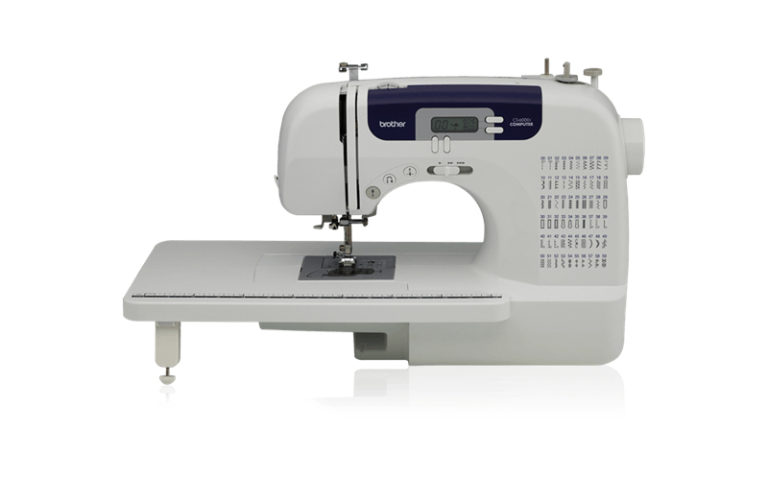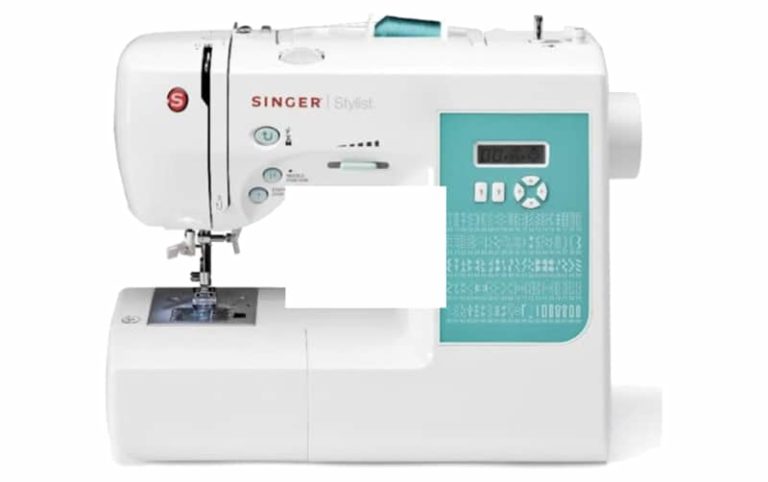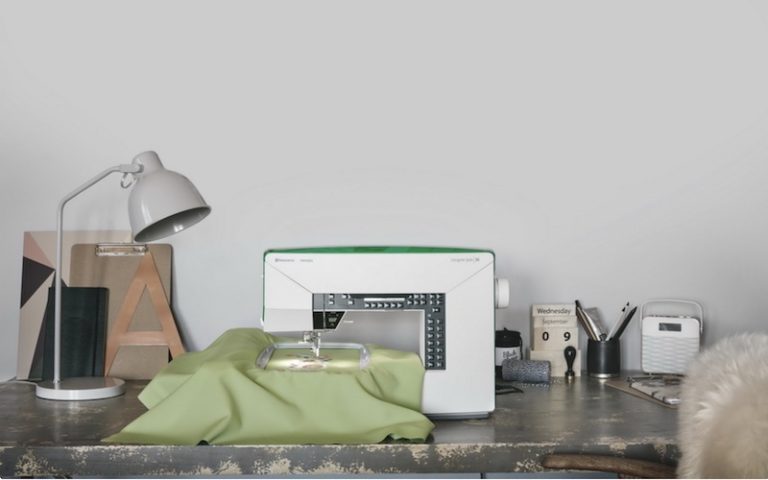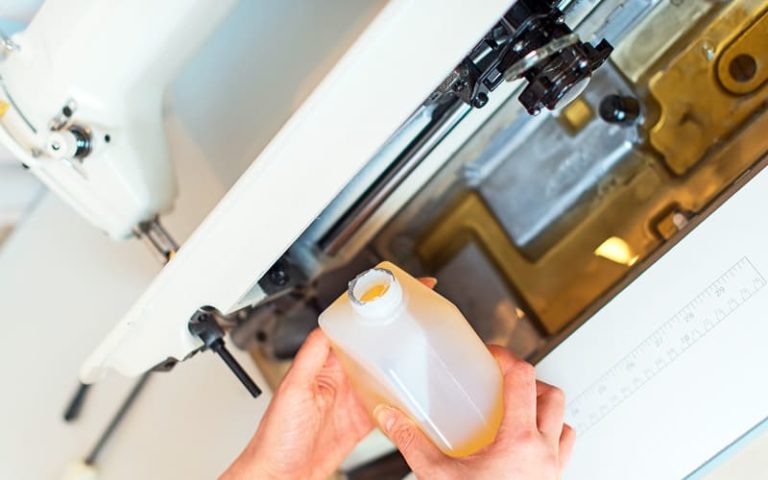If you’re in the market for a sewing machine, you may have noticed that there is a hearty, if slightly overwhelming, variety of them out there. Some are basic models while others boast an impressive array of technological features.
If you’re not sure of the differences between the many types of sewing machines, picking the right model can seem like an impossible task. Don’t worry though—we’re about to give you an overview of all the different sewing machines on the market and tell you our best recommendation for each type!
Main types of sewing machines
1. Manual sewing machines
Manual (also known as mechanical) sewing machines are the most basic models available. They are adjusted entirely by hand, so the settings for things like tension, stitch size, type of stitch, etc. are all housed on various dials and levers.
Manual machines are okay for beginners and great for people who aren’t comfortable with a lot of technology.
With a manual machine, you have complete control over the results, which is great for more advanced users who know the best settings for the many different applications (and problems) a sewer will likely encounter.
They are also typically the most budget-friendly option, though the actual price of a manual machine depends on what its features are. Durability and motor strength are usually what impacts the price the most.
Our recommendation: Singer Simple 3232
A basic manual machine costs between $70 to $250 (US dollars).
If you are just using your machine for light-weight fabrics, mending, and hobby applications, the Singer Simple 3232 is a fantastic choice to get you started.
With 32 built-in stitches, a one-step buttonhole feature, and four different presser feet included, its price-point makes this machine a total steal.
It is also able to be upgraded with an add-on walking presser foot, so you can even tackle projects that require some light quilting.
The motor does run a bit slow, so you will occasionally find yourself waiting for the machine to catch up. It is also not ready to sew straight from the box, no matter what the packaging tries to tell you, as the tension and other settings will almost always need fine-tuning first.
Even with the few drawbacks, the Singer Simple is an excellent machine for the price and is a great introductory machine for beginners.
2. Electronic sewing machines
Electronic sewing machines are the most popular type available. They go a step beyond manual sewing machines and allow you to customize all of their settings electronically.
This means you use either a touch screen or an LCD with a series of button controls to adjust things like tension, stitch length, and so on.
Electronic sewing machines are great for any skill level, hence their popularity. They aren’t too complicated to use, so they are fine for beginners.
In fact, some beginners find them easier to use than manual, since they can access all of their settings from a single menu instead of needing to learn multiple controls like with a manual machine.
Another excellent feature of many electronic sewing machines is their ability to store more data than a basic sewing machine. A manual machine can hold about 20-30 stitches, usually limited to how many will fit on a knob (which you then have to turn to make your selection.)
Since electric machines are partly computerized, they can hold more stitches. Some models even allow you to download additional stitches from the internet, but that feature is more common among fully computerized machines.
Electronic machines fall in the mid-range price bracket. You can pick up a basic machine for between $125 and $500.
Our recommendation: Brother Project Runway CS5055PRW
The Brother Project Runway CS5055PRW Electric Sewing Machine retails on the low end and has a cult following amongst sewers.
The CS5055PRW has fifty built-in stitches, an automatic needle threader, 6 different presser feet, and 5 different built-in one-step buttonhole functions.
If you couldn’t guess from the name, this machine is marketed primarily towards individuals looking to make their own clothing. However, the CS5055PRW is an excellent option for any sewing project with light-weight materials.
3. Computerized sewing machines
Computerized sewing machines are the most sophisticated options on the market in terms of functionality. They are high-tech devices that allow users to input information about their project and the machine will choose the best settings automatically. You can also download specialty stitches onto the machine from the internet.
They can be a bit intimidating to a beginner because they have so many functions and features, but if you can get over the slight learning curve, computerized machines tend to produce the best results.
Since they pick the best settings for the project, they don’t require the same amount of fiddling as a manual machine to get things right.
Computerized machines are more expensive than simple manual and electronic machines because of their increased functionality. You can get a computerized sewing machine for between $300 USD and $800.
Our recommendation: Singer Quantum Stylist 9985
For a nice computerized machine, we recommend the Singer Quantum Stylist 9985 Computerized Portable Sewing Machine.
It’s one of the more expensive options on this list, but it is so worth it!
The Quantum Stylist comes with a whopping 960 built-in stitches, color touch screen, an automatic needle threader, and 13 built-in one-step buttonhole functions.
Some of those built-in stitches are specifically designed for things like knit materials, decorative hems, and even basic embroidery with 6 alphanumeric fonts.
4. Embroidery machines
Embroidery machines are used to turn a digital file into a finished, embroidered image onto fabric. Their full functionality depends on the model, since some are made for embroidery only while others can be used as a regular sewing machine as well.
- An embroidery machine works by fitting your fabric, shirt, bag, or whatever into the machine’s hoop.
- The hoop pulls the fabric taut and flat so the machine can stitch the design without the material pulling or gathering.
- You then attach the hoop to a rail on the machine.
- Once you select your intended design, the machine can start embroidering.
- The rail will move the hoop forward, backward, and side to side while the machine stitches your chosen design. If it is a multicolored image, the machine will stitch one color first and then stop to prompt you to change the thread color.
Embroidery machines are priced anywhere from about $350 to over $1000, depending on their features. The main factor that dictates the pricing is the size of the hoop. The hoop size determines how large of a design you can embroider.
A 4” by 4” hoop is the standard size for lower-end introductory machines while more expensive models give you around 5” by 7” of workable space.
You should choose a model that best suits your needs. A 4” by 4” work space is still large enough to do things like logos, monograms, and names. A larger work area would be best if you plan to make quilt blocks or embellish dresses and other clothing.
As mentioned above, some embroidery machines are dedicated solely to embroidery while others have removable rails that allow them to work like a regular sewing machine. This should also be a feature to consider when choosing your machine.
Our recommendation: Brother SE600
If you are just starting out with embroidery, the Brother SE600 Computerized Embroidery Machine is an excellent choice. It has a workspace of 4” by 4”. It has 80 embroidery designs preloaded with the option to download more.
The best thing about the SE600 is that it also works as a computerized sewing machine, so you get the functionality of two machines in one. It definitely adds some extra value to an already reasonable price-point.
Read our full Brother SE600 Review.
However, if you are looking for something a bit more professional (or if you just want more functionality for your own projects), the Brother PE800 Embroidery Machine is a good option to get you started.
It has fairly standard features with a hoop area of 5” by 7”, 11 alphanumerical fonts, 138 built-in designs (with enough internal storage to hold more), and an automatic needle threader.
The PE800 is an embroidery-only machine, so you cannot use it as a computerized sewing machine. While that isn’t an earth-shattering lack of functionality, it does make it somewhat limited in comparison to Brother’s cheaper SE600 model.
The PE800 is a good pick if you need the extra inches of hoop space. Otherwise, the SE600 still has our vote.
And if for some reason you want to remove embroidery, check out our tips on how to do it safely and without damaging your garment.
5. Overlocker sewing machine
An overlocker (also known as a serger) is a special sewing machine that uses between 2-8 threads at once.
Overlockers are used to reinforce and finish off fabric edges and hemlines. They create durable and professional-quality seams by trimming the fabric edge and sealing it with a finishing hem, all in one step.
An overlocker is useful for sealing up seams for clothing and other items that will have a lot of wear and tear.
Serging a seam from a non-stretchy material after sewing it keeps it from unraveling, while serging knit material instead of sewing it keeps the thread from snapping when the material stretches.
An overlocker machine does not take the place of a regular sewing machine. It is a tool to be used with your sewing machine.
Whether or not you need to buy one depends on what sort of projects you like to sew and if you need a professional seam on said projects.
Overlockers typically cost between $200and $1500. Some of the more industrial models can be even more expensive.
Price varies depending on the number of threads, the strength of the feed drive, the power of the motor, the variety of stitches available, and even the size of the machine.
If you already have an overlocker and keen to use it, we suggest you start with an easy serger project to practice your skills.
Our recommendation: Janome 8002D Serger
The Janome 8002D Serger is a mid-range machine with 3/4 thread capability.
It is compact so that it has a small footprint in your crafting area but still boasts an impressive feed rate for its small size.
It also includes a special device that allows you to switch between serger hems to rolled hems without changing the needle plate. Talk about convenient!
The 8002D is an excellent overlocker machine for everyone from the hobbyist to the small business entrepreneur.
Wrapping it up
Well, there you go! Those are all the different types of sewing machines! Be sure to check out the models we recommended and tell us which machine(s) you love best.
And of course, if you have any questions, feel free to post them in the comment section below!

